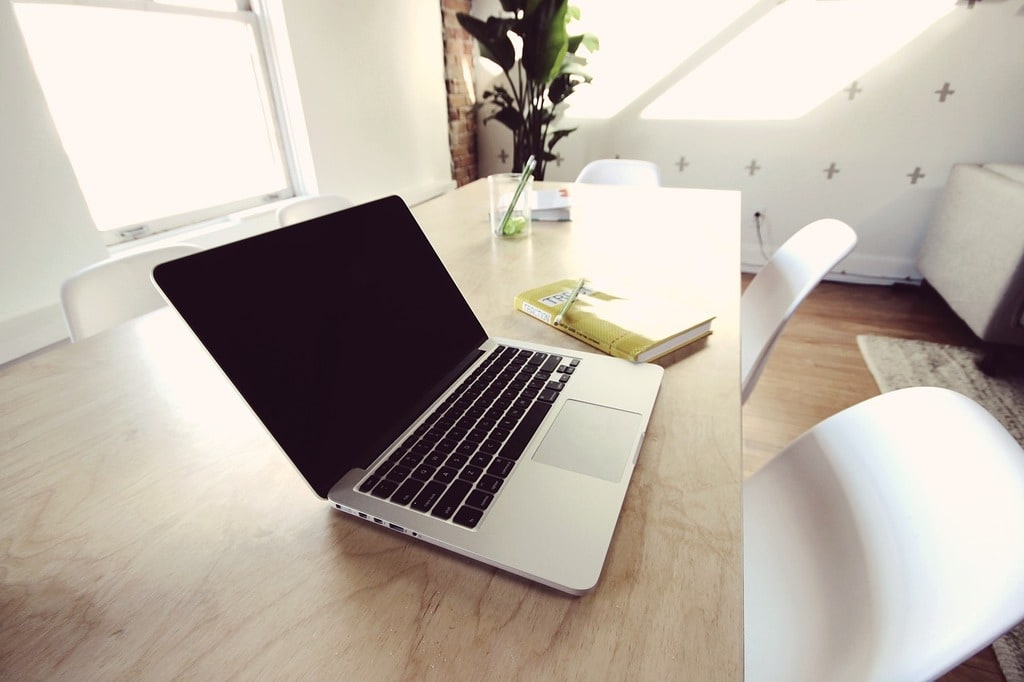Creating a productive environment at home is essential for maintaining focus, reducing stress, and enhancing efficiency. Whether working from home, studying, or simply trying to stay organized, your surroundings play a significant role in your overall productivity. With thoughtful home improvement, you can transform any space into an area that fosters concentration and creativity. Here are some practical tips to help you achieve that.
Effective Home Improvement Strategies for a Productive Environment
The design and layout of your home have a direct impact on how well you can focus and accomplish tasks. By implementing a few strategic changes, you can create a space that encourages productivity.
One key aspect is decluttering. A cluttered space can lead to a cluttered mind, making it difficult to concentrate. Start by removing unnecessary items from your workspace and organizing the essentials. Use storage solutions like shelves, cabinets, and organizers to keep things tidy and accessible. This not only clears physical space but also frees up mental space, allowing for a more focused and efficient workday.
Lighting is another crucial element. Natural light is highly beneficial for maintaining energy levels and mood. Position your desk near a window to take advantage of daylight. If natural light is limited, invest in high-quality artificial lighting that mimics daylight. Adjustable lamps can be particularly useful, allowing you to control the brightness based on your needs.

The Power of Color in Your Environment
Colors have a profound impact on mood and productivity. Choosing the right color scheme for your workspace can enhance focus and creativity. For instance, shades of blue are known for their calming effects and can help reduce stress, making them ideal for high-pressure tasks. Green, often associated with nature, can create a sense of balance and tranquility. On the other hand, pops of yellow or orange can energize the space and stimulate creativity.
When selecting colors, consider both the paint on the walls and the colors of your furniture and accessories. A harmonious color palette will make your environment feel cohesive and conducive to productivity.
Ergonomics and Comfort
Comfort is key to maintaining productivity over long periods. An ergonomic workspace ensures that your body is properly supported, reducing the risk of discomfort and injury. Invest in a quality chair that supports your posture, with adjustable features to suit your body. Your desk should be at a height where your arms can rest comfortably while typing, and your screen should be at eye level to prevent neck strain.
In addition to ergonomic furniture, consider adding elements that make the space more comfortable and inviting. A soft rug, cozy throw, or a few cushions can make a big difference in how you feel in your workspace.
Incorporating Plants for a Productive Environment
Adding plants to your home office or workspace is an excellent way to boost productivity. Plants improve air quality, reduce stress, and create a calming atmosphere. Some studies even suggest that plants can increase focus and concentration. Choose low-maintenance plants like succulents, snake plants, or peace lilies, which thrive indoors and require minimal care.
Position plants where they are easily visible, as their presence can provide a soothing visual break during intense work sessions. A green corner with a few carefully selected plants can transform your workspace into a more inviting and productive area.
Practical Tips for Setting Up a Productive Home Environment
Creating a productive environment is about more than just aesthetics; it involves practical considerations as well. Here is a list of actionable tips that can help you design a space that supports your productivity :
- Define your workspace: dedicate a specific area in your home to work or study, distinct from leisure or sleeping areas.
- Minimize distractions: identify and eliminate potential distractions, such as noisy appliances or clutter, to maintain focus.
- Use organizational tools: incorporate filing systems, desk organizers, and digital tools to keep your tasks and workspace orderly.
- Incorporate personal touches: add items that inspire or motivate you, such as artwork, photos, or quotes.
- Maintain a regular cleaning schedule: regular tidying up can prevent clutter from accumulating and keep your space inviting.
The Impact of Acoustics on Productivity
Sound is an often overlooked aspect of productivity. Noise pollution, whether from traffic, household appliances, or even family members, can be a significant distraction. Improving the acoustics in your home can create a quieter, more focused environment.
Consider soundproofing options like adding thick rugs, curtains, or acoustic panels to absorb noise. If soundproofing isn’t feasible, noise-canceling headphones can be a valuable investment, allowing you to block out distractions and concentrate on your tasks.
Balancing Technology and Productivity
Technology is both a boon and a bane for productivity. While essential for work, it can also lead to distractions if not managed properly. Ensure that your workspace has all the necessary technological tools, such as a reliable computer, high-speed internet, and essential software. However, avoid cluttering your space with unnecessary gadgets.
Consider organizing your cables and devices to keep your workspace tidy and reduce visual distractions. Utilize apps or tools that help manage time and tasks effectively, but also create boundaries for when to disconnect from technology to maintain a healthy work-life balance.
Creating a Space That Inspires
A productive environment is not just about efficiency; it’s also about inspiration. Surround yourself with elements that spark creativity and motivation. This could be a vision board, artwork, or even a small gallery of photographs that remind you of your goals and achievements. These elements serve as daily reminders of what you are working towards and can reignite your passion on days when motivation wanes.
Incorporating these home improvement tips can significantly enhance your productivity by creating an environment that supports your work habits and personal well-being. Remember, the goal is to design a space that is not only functional but also enjoyable to spend time in, making every day more productive and fulfilling.
